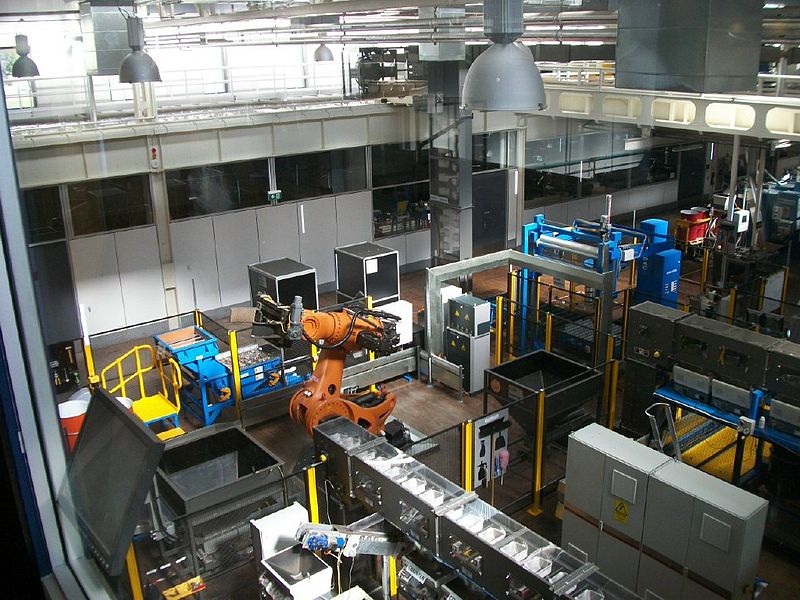
The use of robots in distribution centers is expected to ramp up substantially in the coming decade, but a leading industry analyst said recently that the first wave will probably look more like driverless forklifts than R2D2 or The Terminator.
Tom Bonkenburg — a partner with St. Onge Co., a leading consultancy firm that works with robotic systems in distribution — said some types of robots are already in wide use in many warehouses, including automated storage/retrieval systems (AS/RS), automated guided vehicles (AGVs), shuttle systems, transfer cars, palletizers and others. But these types of machines typically perform only a single task, or have very limited applications.
No “Transformers” … Yet
The type of robot warehouse worker that resemble the cyborgs found in science fiction are still a long way off, according to Bonkenburg.
“Our research shows that 15 percent of warehouses are mechanized, and only 5 percent have true automation,” Bonkenburg told DC Velocity. “Robotic systems would typically fall somewhere within these operations. The key point to note is that 80 percent of DCs are currently manual, creating a large opportunity for the future deployment of robotic systems if they could be made capable and affordable.”
Two-Armed, Humanoid Robots Already Exist
The first generation of futuristic robot workers already are being developed by industrial robotics firms. These include two-arm “human-like” robots for use in assembly operations, but they are still bolted down with an automated work cell like typical manufacturing robots, according to Bonkenburg.
“So far, few have been installed,” he said.”But the interest in these new robots is very high. I believe this technology will first take hold in the manufacturing environment and then possibly move to the distribution side of the supply chain. This transition will likely take several years and will require a few more software, sensor and cost-point breakthroughs. The good news is that several companies are investing serious money into advancing this technology.”
Before walking, talking androids become common in the DC, a more practical and realistic robotic solution will be smart, driverless forklifts, Bonkenburg predicted.
“A truly functional fully robotic forklift could find immediate application in almost any warehouse,” he said. “If you look at the recent breakthroughs in self-driving cars by companies such as Google, GM, BMW, Audi, etc., it is not hard to picture this happening in the coming years.”
Investment in R&D
The biggest obstacle to the widespread use of robots in distribution centers and other industrial applications is the cost of research and development, said Bonkenburg.
“The truth is that both cost and technology are currently barriers to bringing robots into the warehouse,” Bonkenburg said. “A few fundamental breakthroughs are necessary to both improve capability and reduce cost. The good news is that mini robotic breakthroughs are happening every year, and their frequency is increasing rapidly.
“The future path to commonplace robotics will depend on low-cost sensors and inexpensive but massive computing power,” he added. “Anyone who used to have a rotary phone and now has an iPhone knows that those two key ingredients improve rapidly. I believe that all supply chain professionals should watch the robotics space because we will all be amazed at how fast it will change.”
